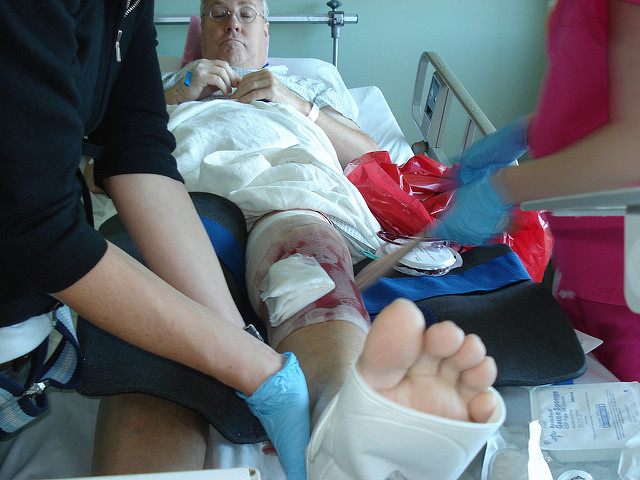Headlights are as necessary to driving as they are for providing visual safety on roads. While many over look need for headlights during the day, they are a safety necessity during the night that can help prevent night time car accidents. With shadows dancing on the road and visibility limited to what can only be seen with car headlights, driving in the night can be dangerous. USA TODAY reported on a recent study that found something that may be even more alarming if you often drive at night: only 2 of the 37 mid-size sport-utility vehicles (SUV) offered by the U.S. auto industry have headlight packages that are considered to have “good” performance. This alarming discovery should worry drivers, as poor headlight performance can put motorists and pedestrians in danger on dark roads.
The study is actually an update to one conducted in 2016. It tests 2017's car models gradually, rating headlight performances. The results found that 11 models have “poor” headlights, 12 fall in the “marginal” category, and 12 were found to be “acceptable.” Despite the less than stellar findings, headlights on cars tested in the study have improved since 2016's test, when 12 of 21 models were labeled as having a “poor” performance, with only four having “acceptable” headlights. The only two vehicles with the best headlight performance were the Volvo XC60 and the Hyundai Santa Fe. The vehicles with the worst headlights were the Infiniti QX60, Lincoln MKC, Lincoln MKX, Dodge Journey, Ford Edge, Ford Explorer, GMC Terrain, Hyundai Santa Fe Sport, Jeep Wrangler, Kia Sorento, and the Toyota 4Runner.
A senior research engineer for the headlight performance study, Matt Brumbelow, said that cars are, “still coming up short, though things are improving. Manufacturers are responding and some of the quick fixes have already taken place.”
Some automakers have taken on the challenge of creating these quick fixes by actually designing new improvements to headlights. These include lights that swerve with the curvature of roads, while others have advocated for the switch of all headlights to the already existing adaptive-beam headlights, which “dim light aimed at oncoming motorists to reduce glare while maintaining high beams on the road ahead to ensure visibility.” Additionally, the Alliance of Automobile Manufacturers (a group that represents major automakers) supports changing outdated US regulations in order to allow the adoption of even more technology that could greatly improve headlight performance, as already demonstrated in Europe and Japan.
On the other hand, as shown by the headlight tests, there is still a long way to go before drivers can be guaranteed safe headlights for all vehicles. Sometimes, installation issues may prevent headlights from performing well. Other times, car owners find that manufacturers didn't aim headlights in the right direction when they were installed. Simple errors like these may lead to difficulties driving in the dark, down the road, which can in turn lead to car crashes. Working and properly installed headlights are important because, if motorists cannot see while driving at night, they may be at greater risk of being involved in an automobile crash. Headlight regulations should continue to be monitored to light the way for automakers to design the safest vehicles for consumers, no matter what time of day it is.
Headlights keep dark roads lit for drivers, allowing them to see what's ahead on the road. If you or someone you know has been involved in an automobile accident related to headlight malfunction, or has been involved in any other type of car crash, please contact The Michigan Law Firm, PC at 844.4MI.FIRM for a free consultation.
















